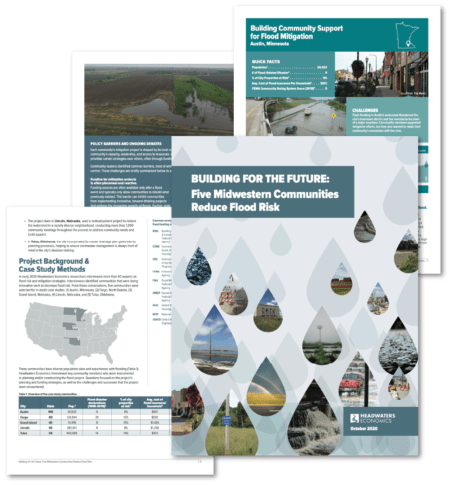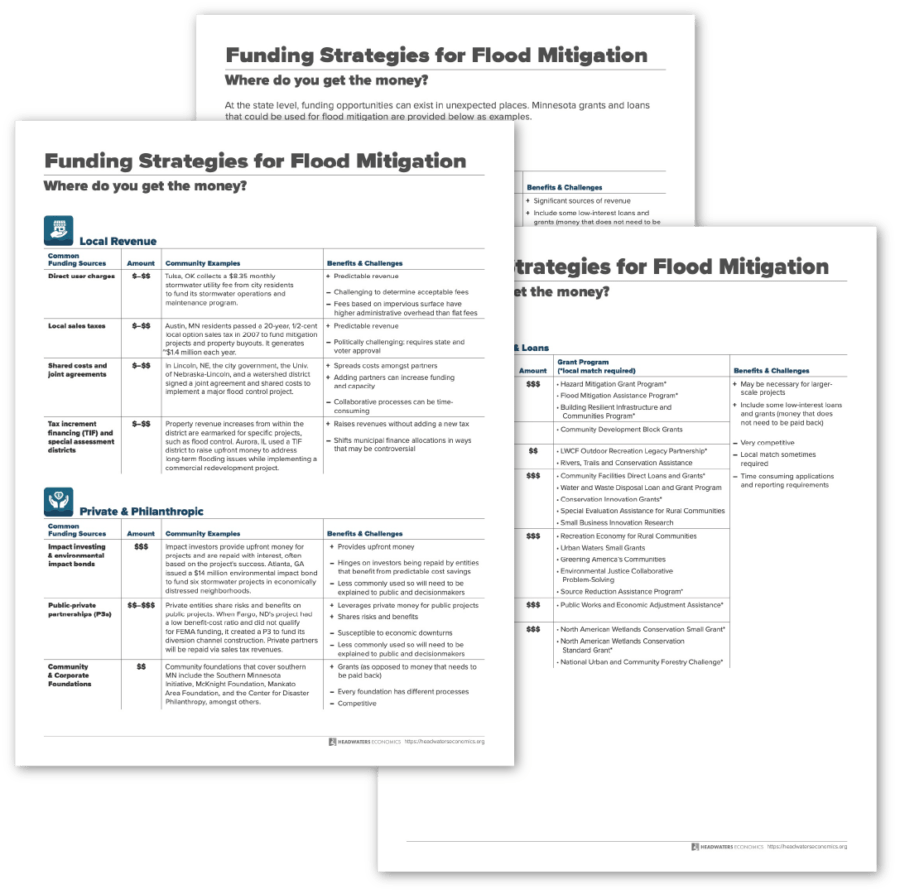
How communities reduce flood risk:
Five midwestern case studies
Flood mitigation projects are the most cost-effective solutions to help communities reduce flood risk. Mitigation strategies range from projects that help communities avoid flooding (such as by restricting building in flood prone areas) to projects that resist flooding (levees and diversions that hold back floodwaters) to projects that accommodate flooding (projects that allow flooding in wetlands or parks). While many communities need to mitigate flood risk, the logistics of these projects – how they are planned, constructed, and funded – can be overwhelming.
Why we wrote this: Flooding is the most common and expensive disaster in the United States but starting a mitigation project can be overwhelming. We wrote this report to share practical advice from communities that have successfully implemented projects to decrease their flood risk.
This report highlights five success stories from midwestern communities: Austin, Minnesota; Fargo, North Dakota; Grand Island, Nebraska; Lincoln, Nebraska; and Tulsa, Oklahoma.
These examples showcase strategies that local and regional leaders have taken to strengthen their communities and reduce their flood risk. Together, these stories shed light on the range of solutions communities can employ to fund and implement projects that protect people and property from damaging floods.
Subscribe to our newsletter!
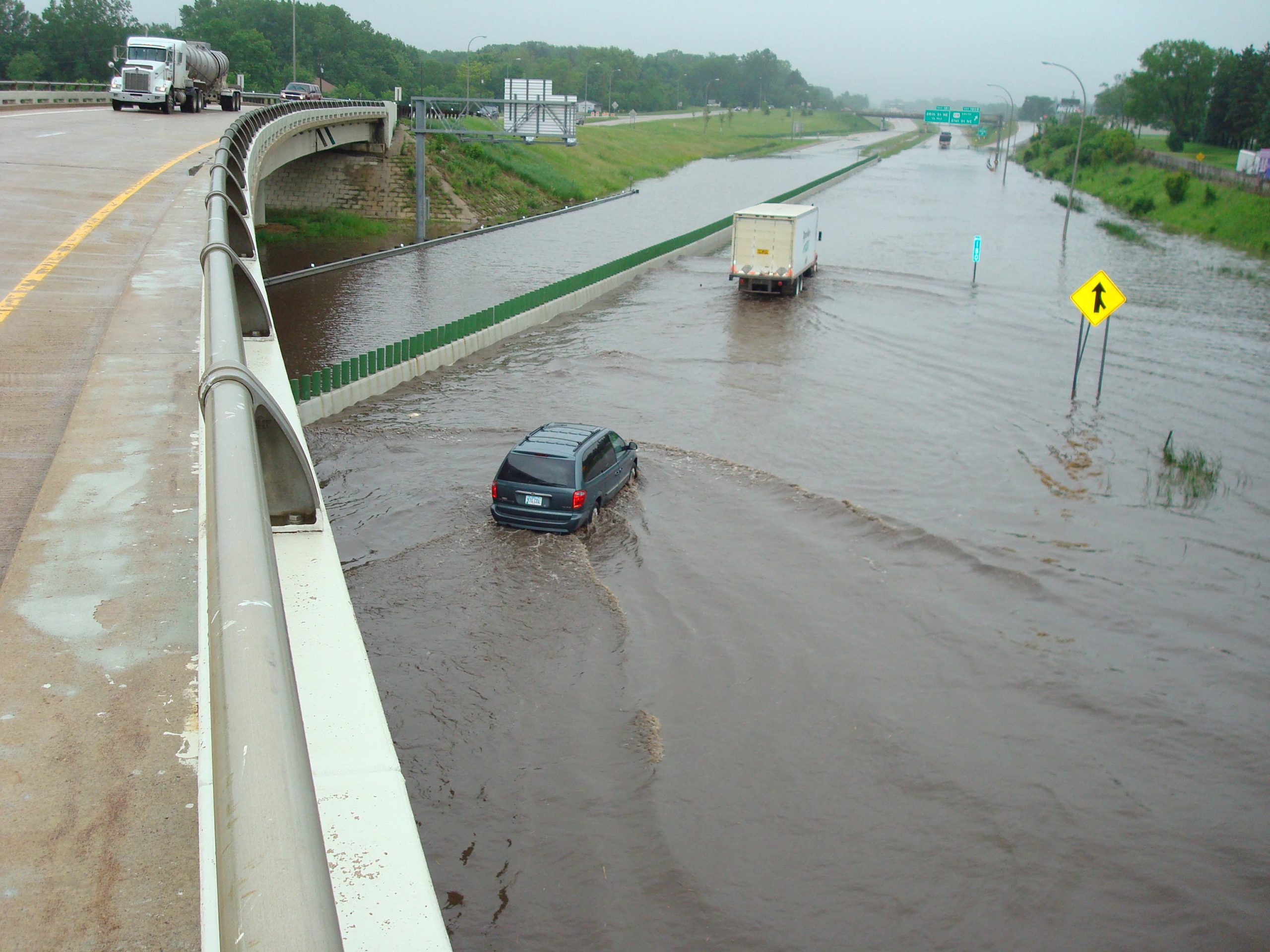
Austin, Minnesota
Building community support for flood mitigation

Flash flooding in Austin has historically threatened its downtown district and large employers. After a major flood in 2004, residents demonstrated their support for flood mitigation by passing a local option sales tax to fund projects. City leaders increased community buy-in for the project by being responsive to their concerns. Community members worried that a downtown floodwall would destroy the city’s connection to the river. In response, the engineers and city leaders proposed an innovative floodwall with removable panels to protect the neighborhood’s views of the river.
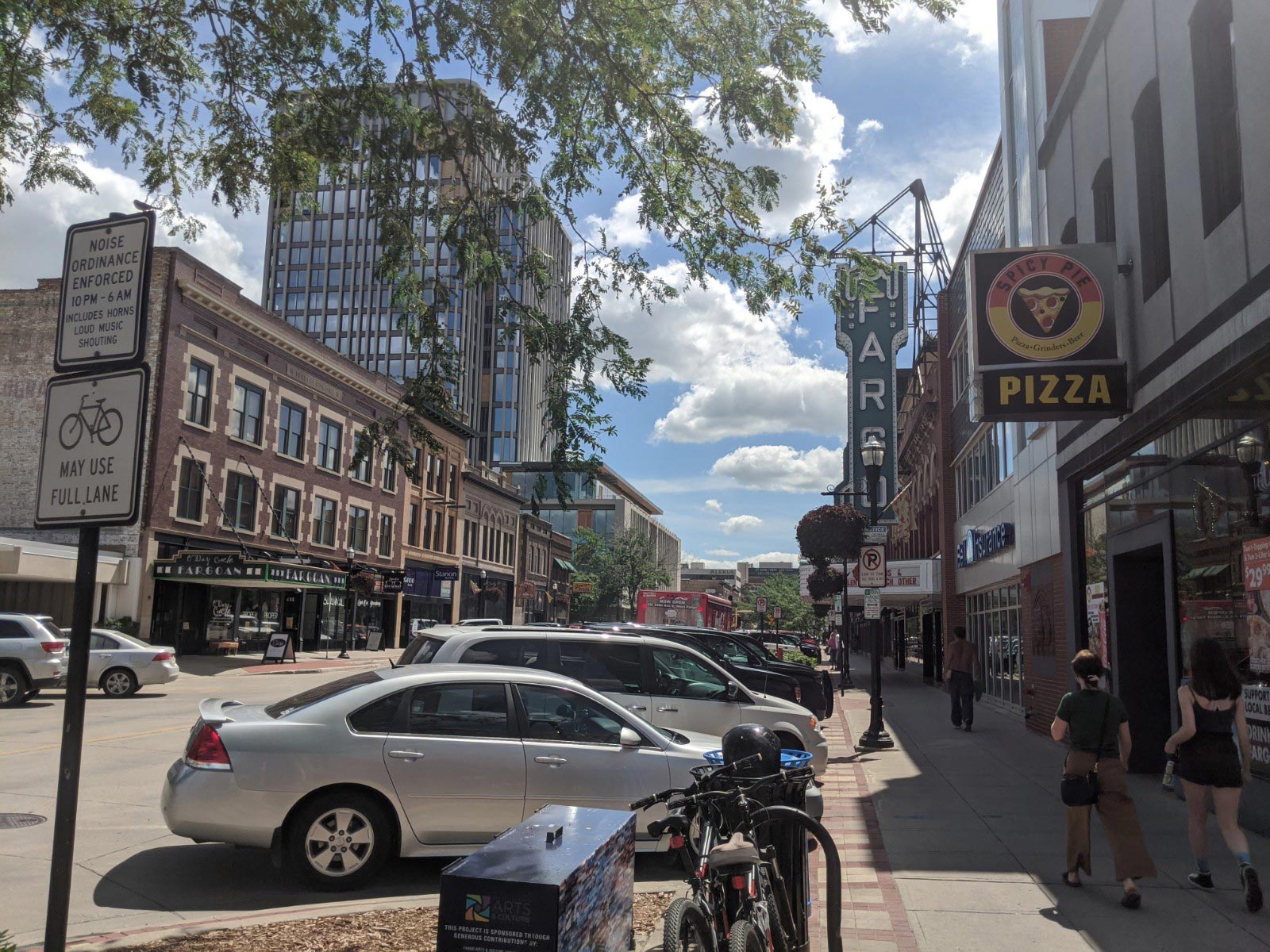
Fargo, North Dakota
Overcoming financial obstacles

The Fargo-Moorhead Diversion project is a massive $2.7 billion mitigation project that includes six rivers, spans multiple jurisdictional boundaries, and crosses two FEMA regions. While the project’s benefit-cost ratio demonstrated its cost-effectiveness, it was not considered a competitive project for federal funding. The project team pitched a public-private partnership (P3) to the U.S. Army Corps of Engineers as an experiment that could be replicated in other communities if successful. This creative problem-solving helped secure funding for the project.
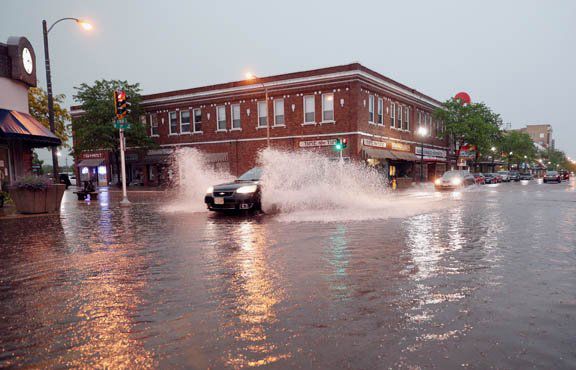
Grand Island, Nebraska
Implementing watershed-scale flood mitigation projects

Nebraska’s Natural Resources Districts are organized by river basins, making regional mitigation projects easier to coordinate. For example, the Upper Prairie – Silver – Moores project was a collaboration facilitated by the Central Platte Natural Resources District that involved the City of Grand Island and two counties. To promote the project, the Natural Resources District hosted a “Flood Control Stroll” event in Grand Island. Participants enjoyed local food, music, and art while learning about the city’s flood risk and the benefits of mitigation.

Lincoln, Nebraska
Flood mitigation impacts on marginalized neighborhoods

Lincoln’s Antelope Valley Project incorporated flood mitigation projects into a larger community redevelopment project that addressed long-standing transportation issues, created new development opportunities, and expanded recreational amenities. However, the project impacted neighborhoods that were more racially diverse than other parts of the city, had historically been neglected, and had low trust in government. The project team pre-emptively hired a consultant team to understand community members’ concerns, rebuild trust, and adapt the project to better meet residents’ needs.

Tulsa, Oklahoma
Creating a long-term, adaptive approach to flood mitigation

Tulsa started an aggressive flood mitigation program following a deadly and devastating flood in 1984. More than 30 years later, the city has continuously reimagined and adapted its stormwater management program to meet changing needs. Now its stormwater management policies are incorporated throughout city planning processes, ensuring flood control is incorporated into major decisions regarding the city’s future.
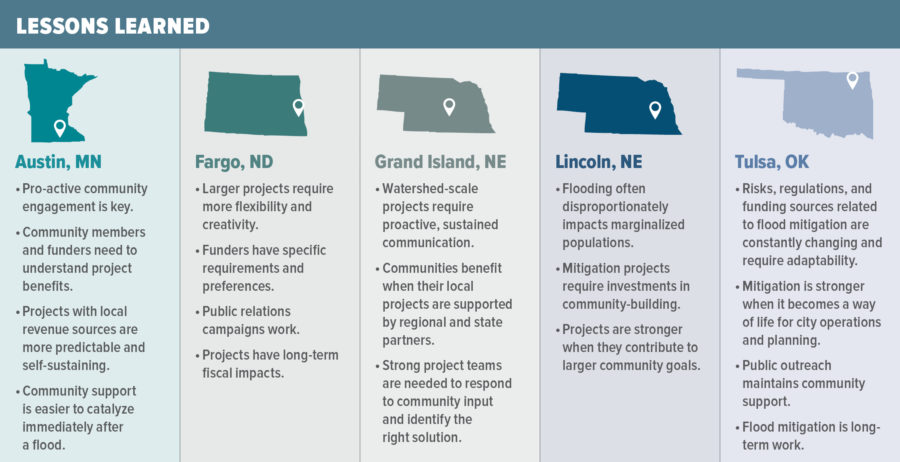
Lessons for communities to reduce flood risk
The case studies in this report highlight crucial lessons that can help communities facing similar risks. Engaging your community to generate the will to complete a mitigation project is critical (Austin, Minnesota), and even more important when the affected residents have been historically marginalized (Lincoln, Nebraska). These projects frequently have unexpected challenges, but they can be overcome through strong relationships and partnerships (Grand Island, Nebraska) and creative problem-solving (Fargo, North Dakota). Once a project is complete, continuing to reduce flood risk by embedding mitigation work into routine public works maintenance and projects can help a community meet flood-related challenges (Tulsa, Oklahoma).
The communities in these case studies faced common challenges, many of which were regulatory in nature and outside of their control. For example, many FEMA grants are available to communities only after floods occur, making it hard to get in front of the problem. Flood policies and spending also exacerbate inequalities. Many rural, low-income, and racially diverse communities suffer greater impacts from flooding. Yet, more federal disaster funding flows to wealthy white Americans.
Finally, changing weather patterns, the long-term impacts from COVID-19, and other socioeconomic changes create many unknowns, making it challenging for communities to plan for the future.
Despite these barriers, the local leaders highlighted in this report have successfully reduced flood risk through strategic partnerships, innovative solutions, and creative funding. Communities large and small created lasting change by:
- generating millions of dollars to protect residents and businesses;
- solving problems that cross city, county, and state lines;
- restoring wetlands and creating new parks and recreational trails;
- protecting residents and businesses in marginalized neighborhoods; and
- creating predictable revenue for ongoing needs.
These experiences provide important lessons for other communities interested in investing in the future by reducing the risk of flooding.
